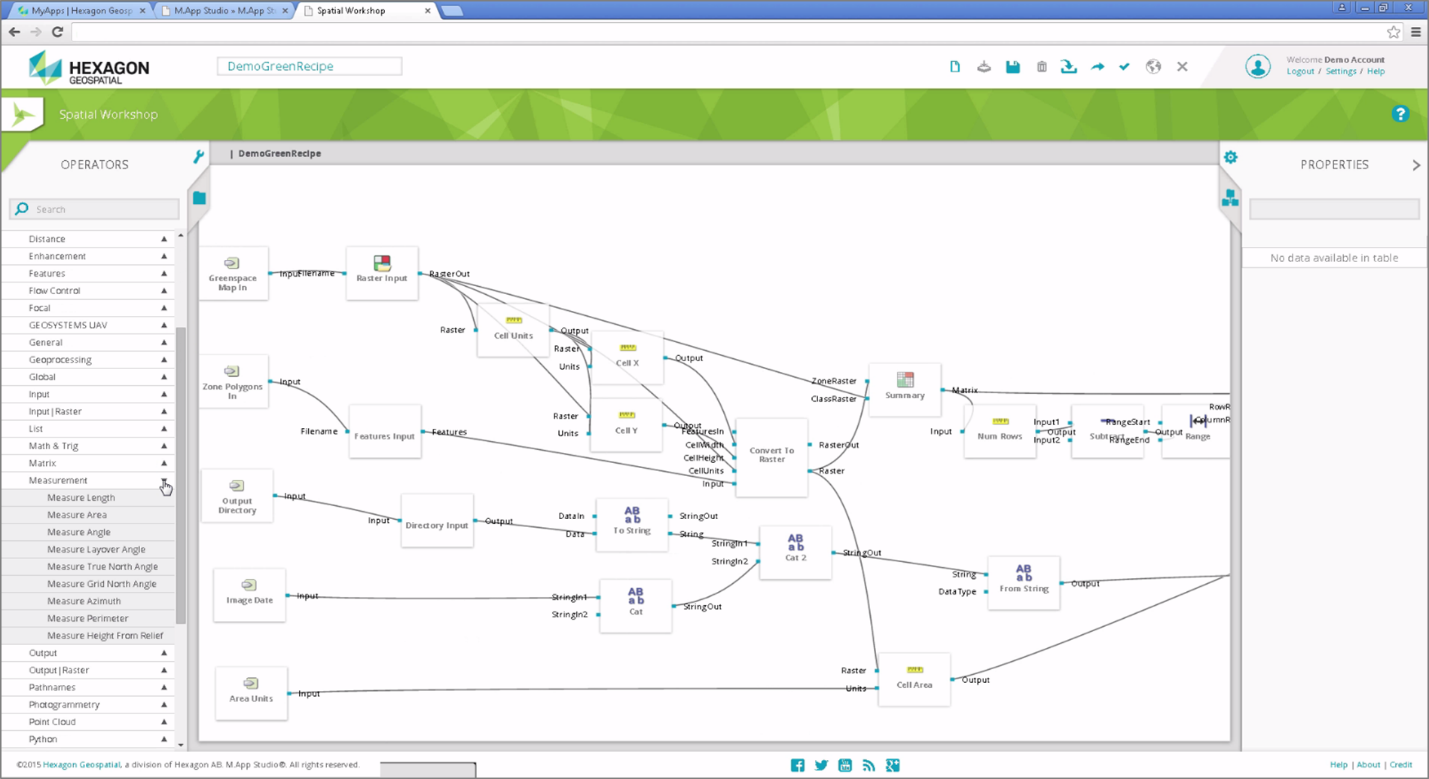Virtual EO Lab service concept has been originally developed as one of the important elements of the “DIAS Seed” program, designed and managed by Creotech Instruments S.A., leader of the CREODIAS consortium delivering one the four Copernicus Data and Information Access Services Platforms (DIAS) contracted by the European Space Agency (ESA) and expected to boost user uptake, stimulate innovation and creation of new business models based on Earth Observation data and information.
Such target wouldn’t be possible to be achieved only by bringing processing close to the data sources, what has been the general principle of DIAS. Data and processing availability has to be supplemented by a set of activities aimed at building awareness, developing the required set of competences, creating and adding value, driving the necessary mindset change. The activities should be targeted at different groups of users and tailored to provide the required development support using various methods and at different complexity levels.
Original EO Lab concept has been based on the idea of establishing a dedicated environment, allowing for practical contact with different aspects of EO data processing, targeted mostly at university students. The idea has then evolved, finally leading to the modular, user focused service, catering for needs of the different groups of possible users – from students of schools and universities through startup companies, public administration, research and scientific institutions to EO professionals, developing and delivering services to commercial market.
In order to separate unambiguously the cost of commercially delivered service, the full responsibility for EO Lab development and implementation within CREODIAS Front Office has been handed over to NewMap – geospatial data focused company owned by Creotech and WIZIPISI (Wroclaw Institute of Geospatial Information and Artificial Intelligence, one of CREODIAS consortium members) .
The service concept has been based on the following elements:
-Modularity - service made of blocks allowing for customized configurations and close adjustment to customers’ needs
-Efficiency – minimizing the time needed to achieve results, important for example in fast prototyping
-Flexibility – possible to be seen in different dimensions:
- advanced access and user management
- independence from the hardware environment and data sources – possible to be established in different setups and locations (not limited to DIAS only)
- ways to use of own proprietary solutions (e.g. own research results or customized processing models)
-Reliability – solution based on well-developed and supported COTS environment
-Accessibility – easy access both to the Lab environment and to the published results, allowing sharing or commercial delivery of services and/or other products
-
Optimized cost and flexible charging schemes – with basic assumption of pay-per-use model covering all the related expenses, with no need to have commercial relationship with infrastructure or SW licenses providers
The basic design of the service includes 4 major modules
-Educational, aimed at building competence and skills needed to use the Lab environment efficiently
-Lab itself – area allowing for unlimited scope of practical activities, aimed at (but not limited to) EO data processing in different dimensions and models, built mostly upon advanced Hexagon Geospatial M.App Enterprise solution
-Results repository – a space for Lab users to store and share their work with others (e.g. to be re-used or developed further)
- Service delivery portal – allowing services publishing and delivery to end users
The added value elements of the proposed solution depend on the specific user group, with some commonalities, like no need of infrastructure or SW licenses purchases with all benefits of the pay-per-use or subscription based charging models, fast development/prototyping possibilities, pre-defined configurations or activities, etc.





